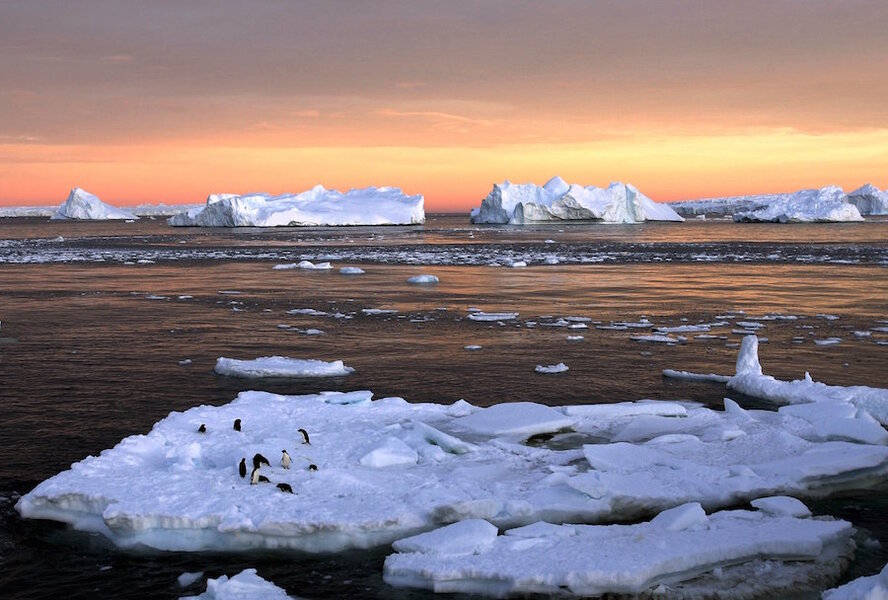Massive hidden lake may run deep beneath Antarctica
Loading...
Antarctica is slowly revealing more of its secrets as a team of scientists has collected more evidence that could reveal a hidden lake deep below the icy surface.
Scientists, presenting at the European Geosciences Union in Vienna last week, revealed data that indicates the existence of a canyon system beneath Princess Elizabeth Land on the Eastern coast of the continent. The researchers predict that a large subglacial lake runs through that system.
If true, the discovery of the lake could help fill in gaps about one of the most enigmatic areas of Antarctica.
"Our analysis provides the first evidence that a huge canyon and a possible lake are present beneath the ice in Princess Elizabeth Land," lead researcher Dr. Stewart Jamieson, of England's Durham University, said in a press release in January. "This is a region of the Earth that is bigger than the UK and yet we still know little about what lies beneath the ice."
The mystery lake is presumed to be around 100 kilometers long and 10 kilometers wide and ribbon-shaped. The canyon system it runs is likely more than 1,000 kilometers long and in some areas run as deep as one kilometer deep, Martin Siegert, a member of the lake investigating team, of Imperial College London, explained to New Scientist.
Data about the find was first announced in January 2016, The Christian Science Monitor reported. The initial evidence is published in the scientific journal Geology, by an international range of scientific institutes including Durham University and Imperial College London.
Although the canyon system and lake reside deep below the glacial sheets, the evidence of their existence was first spotted from the surface with satellite imaging and radio-echo sounding methods.
"We've seen these strange, linear channels on the surface, and are inferring these are above massive, 1,000-kilometer-long channels, and there’s a relatively large subglacial lake there too," said Dr. Siegert told New Scientist.
The recent breakthrough occurred when scientists from China and the United States flew over the region and were able to penetrate the ice with radar to gather data about what lies beneath. The data could confirm the existences of the cavern and lake, but the researchers won't have the chance to review it together until May, according to Siegert.
The lake, specifically, would be big news for Antarctic research teams.
Lake Vostok is another recently discovered subglacial lake in Antarctica. The lake has been a source of scientific wonder in the region as it offered a range of unusual bacteria and microbes, The Christian Science Monitor reported. But it's remote location makes it difficult to reach for further study.
The area of the potential new lake is located roughly 100 kilometers from an already established research base.
The close proximity could be a boon for experiments involving testing subglacial waters for traces of DNA, microbes, and bacteria and for researchers seeking to understand ecosystems in Antarctica.
"If we can gain better knowledge of the buried landscape we will be better equipped to understand how the ice sheet responds to changes in climate," Jamieson said.








